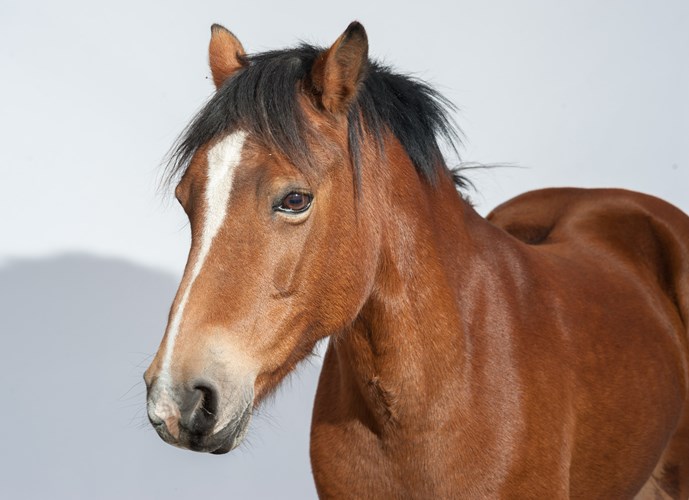
For equestrians and animal lovers alike, the world of horse anatomy is a fascinating subject. Understanding the intricacies of how a horse's body works can enhance our appreciation for these magnificent creatures and also help us better care for them.
One of the first things that becomes apparent when studying horse anatomy is the sheer size and power of these animals. Horses are known for their strength and agility, and their anatomy plays a crucial role in their abilities. From their long, muscular legs to their powerful hindquarters, every aspect of a horse's body is designed for speed, endurance, and grace.
One of the most iconic features of a horse is its mane and tail. These flowing locks not only add to the horse's beauty but also serve a practical purpose. The mane and tail help to keep insects away from the horse's face and body, as the swishing motion helps to deter flies and other pests. Additionally, the mane provides some protection for the horse's neck in case of a fall or collision.
Another fascinating aspect of horse anatomy is the structure of their feet. Horses are unique in that they walk on their tiptoes, with a single toe on each foot called a hoof. The hoof is made of a tough outer layer called the hoof wall, which protects the sensitive inner structures. Understanding the anatomy of the hoof is essential for proper horse care, as issues such as lameness and hoof diseases can have a significant impact on a horse's well-being.
One area of horse anatomy that is of particular interest to riders is the horse's back. The horse's back acts as a bridge between the front and hind portions of the body and plays a crucial role in the horse's movement and balance. A well-functioning back is essential for a horse to perform to its full potential. Riders must learn to properly distribute their weight and use their leg and seat aids to support the horse's back and maintain a balanced riding position.
Studying horse anatomy also sheds light on the horse's digestive system. Horses are herbivores, and their digestive system is designed to process large amounts of roughage. Unlike humans, horses have a relatively small stomach, so they must eat small amounts of food frequently throughout the day.
Exploring the world of horse anatomy is not only intellectually stimulating but also deeply rewarding. It can provide a greater understanding of the horse as a living being and help forge a stronger bond between rider and horse. By delving into the intricacies of horse anatomy, equestrians and animal lovers can gain a newfound appreciation for these incredible creatures and strive to provide them with the best care possible.
